Navigating the challenges of freezing tundras or capturing the soft hues of dawn in a bustling city, Michael Cohen's lens adeptly transforms into a storyteller, recounting nature's diverse tales.
Drawing from decades of rich experience, he skillfully navigates the ever-changing world and continually seeks new inspiration, resulting in vivid and captivating photography that truly comes to life.
Can you tell us about your process?
Creating photographs takes three very different steps. First, the image has to be made in front of the subject. So either we bring the subject to us, as in a studio, or we go to the subject. In my case the vast majority of my photographs happen where the subject is.
So that might mean getting on an airplane, or hiking up a mountain, or braving the elements, or encountering dangerous situations, or all of the above. All that requires a level of willingness, patience and fitness to overcome whatever stands between me and the image I want to create.
Next, after the shutter is clicked, the image has to be processed. Everyone is familiar with processing film but not everyone is familiar with processing a “digital negative”. Processing a digital image requires sitting in front of a computer. And those skills have nothing in common with the skills needed to get in front of the subject and click the shutter! And then the third step is turning the digital negative into a print. Printing is an artform unto itself! Often the image will dictate the medium of the print. Rag paper, acrylic, metal, canvas…each give a different look. It is important to me to consider the environment the buyer will place it in to create just the right final piece.
Creating photographic art is both a right brain and a left brain process and some days only one half of my brain feels like working! Some days are shooting days, some days are processing days, some days are printing days.
Can you tell us about your journey to becoming a professional artist?
A client was recently looking at a new image that was clearly a particular moment in time and said “wow, how long did you have to wait for THAT?” I replied “50 years.” I wasn’t being coy, but your question is phrased exactly correctly: it is a journey.
The images I make now I could not have made 10 or 20 years ago. I just would not have seen it and would not have pointed my camera in that direction. I think every time I click the shutter I learn something that helps me make that next image. That journey is what keeps this so exciting and, frankly, so much fun.
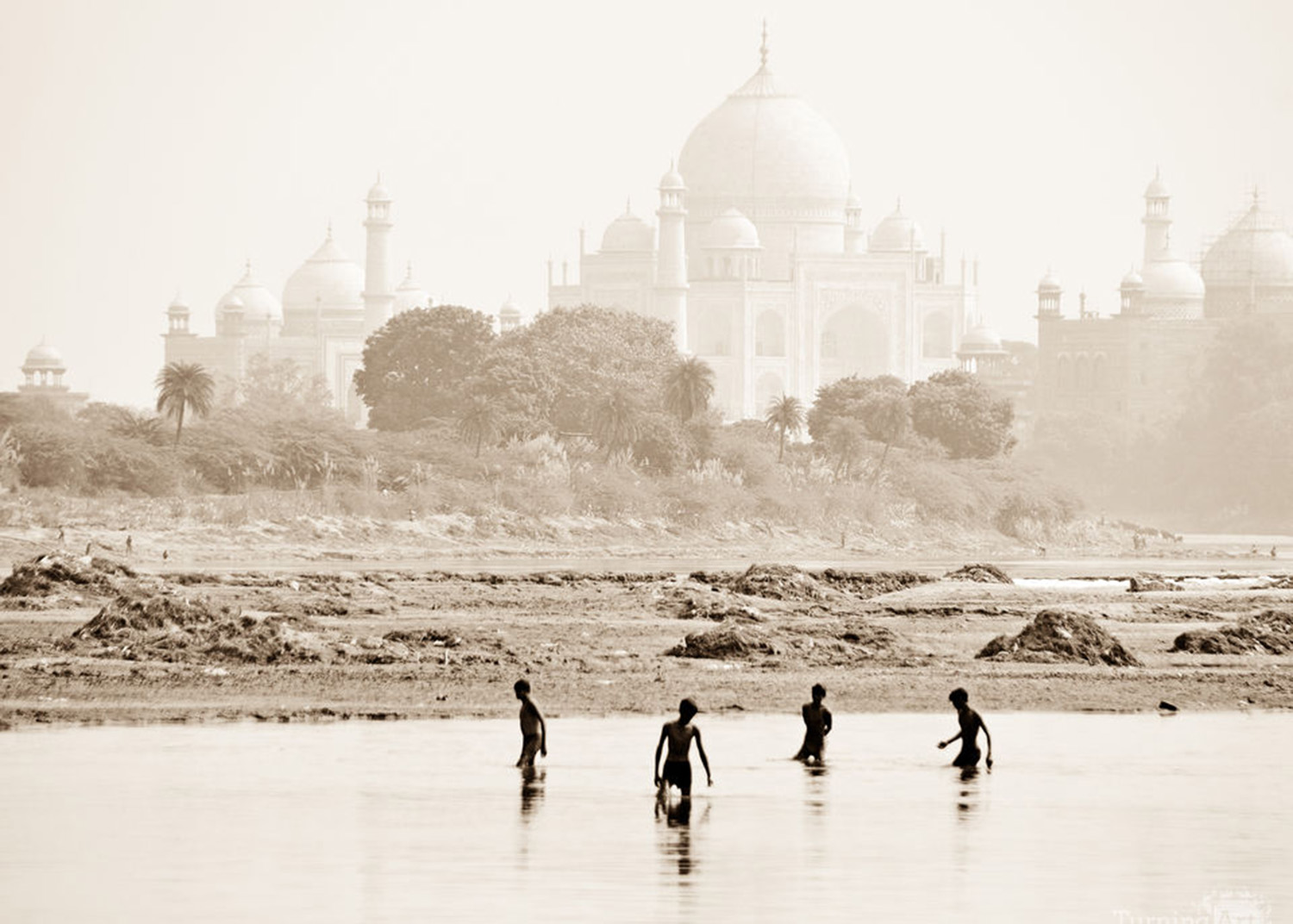
When you are looking for inspiration, what resources do you turn to?
Inspiration comes at different times and in different ways. For example, I was recently reading that Henry David Thoreau spent nearly 4 hours in the woods daily, which inspired me to walk through the woods of my own backyard - where I came upon an image that has become one of my favorite pieces.
Last year I became inspired by an incredible equine photographer which led me to the south of France this year to photograph the incredible white horses of the Camargue.
Walk us through a typical day in your studio. What is your routine?
My subject matter exists in the great outdoors so my “studio” is everywhere and anywhere. Because of this no day is typical.
I might be in Yellowstone National Park on a frosty morning when it is 35 degrees below zero - so my challenge is finding images while staying warm and hoping my camera battery hasn’t become frozen and died.
Or I might be shooting long exposures on a beautiful beach at sunset, or taking a two hour hike through the woods to get to a magnificent waterfall. The only thing that is typical is that I am in search of images that speak to me and fill my soul. Of course, after a shoot, the other side of my brain has to kick in, as the images now have to be processed into a finished digital negative. That process is more typical as I sit at a computer for what feels like hours sometimes. And while that is never as much fun as shooting in the field, it is very cool to see images come to life on the screen, knowing they will make beautiful prints for someone’s wall.

Finding the right rhythm to be productive can be a challenge, what advice do you have for staying productive and focused?
For me it comes in waves. Creating art isn’t a 9 to 5 discipline and it doesn’t happen every day. If I create 10 images each year that I can feel proud of then I am happy. What’s the old saying about kissing a lot of frogs to find your prince? For me, creating art is the same. When I have a compelling image to work on, I am very focused on bringing it to life. I find if I am not fully focussed on what I am doing it’s a sign that I need to move on.
What is your advice for combating creative block?
Anytime I feel like there’s nothing to photograph I go way back to my early archives and see what a terrible photographer I was!
I look at those images and tell myself “you can do much better than that now” and I respond, “Really? Prove it.” And then I have to go make a photograph! During the pandemic I felt blocked and it lasted for a while. As the world healed and life went back to (sort of) normal my perspective changed and my photography evolved again.
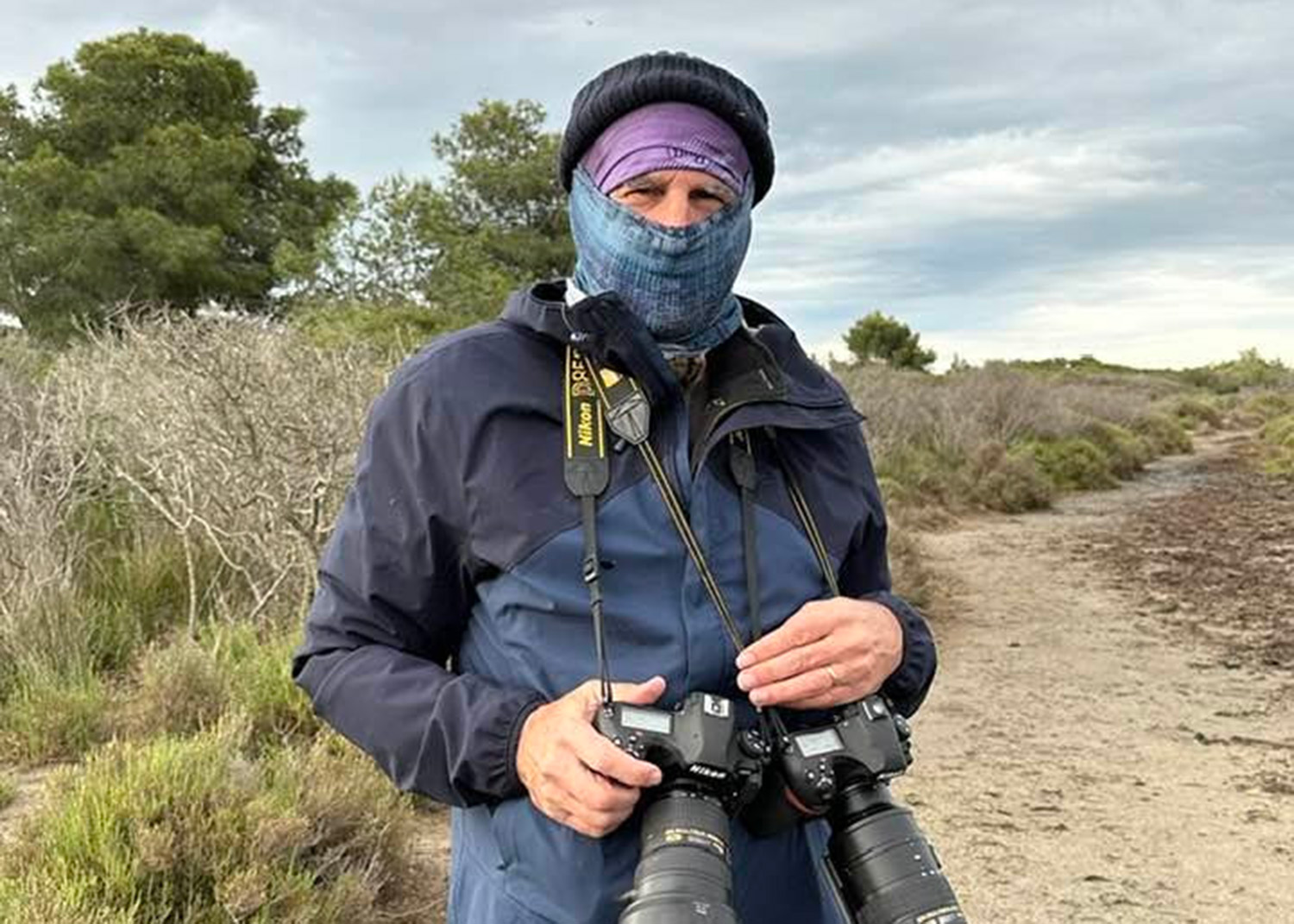
As an artist, how do you measure your success? Can you recall a specific event or milestone(s) in your career that made you feel successful?
For me success is such a dangerous concept because there will always be artists that are more successful than me. So I think in terms of fulfillment.
When a client puts one of my images in their home or office I feel fulfilled. When I make an image that wows me I feel fulfilled. There are better ways to make a living than being an artist; I make art because I have to. Something deep inside drives me toward it so I guess the success comes when I feel that I have made a piece of art that I can feel good about.
How do you see the art market changing? Where do you see yourself in this transition?
That’s a question for people much smarter than me. I think that would be better answered by gallery owners. I make art that represents my emotions and what I am attracted to in the natural world.
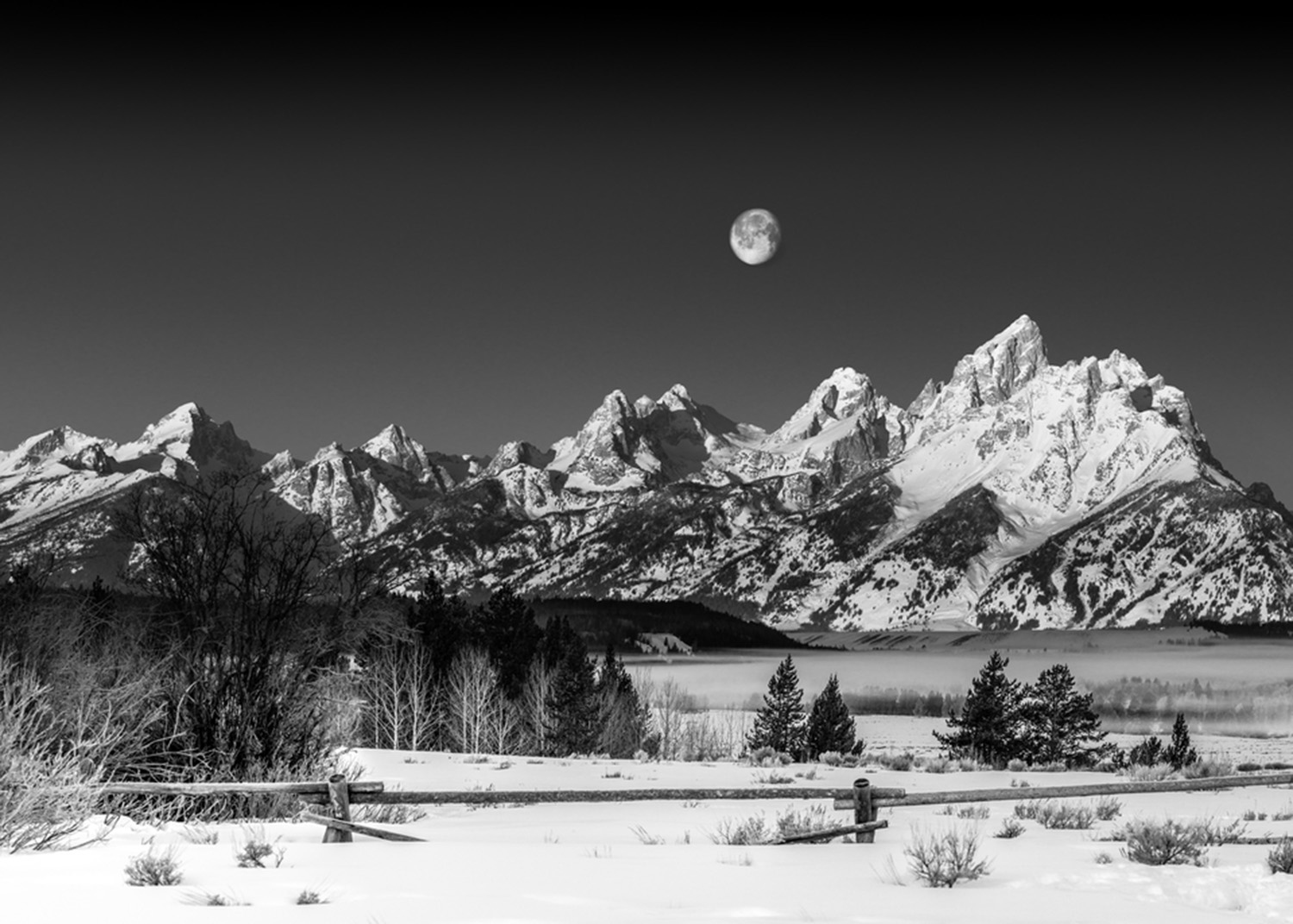
What advice do you have for artists who are beginning to build their careers?
Be a marketer. I find that it is the hardest thing, yet incredibly important. So many successful artists spend as much time marketing their work as making it!
I also think an artist has to be honest with their work. Make your own work, that comes from your heart. Copying another's style for commercial success may work for some but it would not be fulfilling for me. I have tried to treat my clients with tremendous respect, let them know about new work, and always be willing to go the extra mile to satisfy a buyer.
Do you consider yourself, and all artists, to be entrepreneurs? Why or why not?
Well, sure. We are all creating something, often, by ourselves. If we succeed it's because of what we did. If we fail, it's no one's fault but our own. I don’t know what is more entrepreneurial than that.
Failure is an inevitable part of success in any field. Do you have advice for overcoming setbacks?
I have over 150,000 images in my archives and 250 on Turning Art. That’s a lot of failure! The high and the lows are temporary. Sure, I get excited when good things happen, and pretty sad when they don’t. But I find if I am true to myself and my work, and take constructive criticism to heart, that I can move forward.
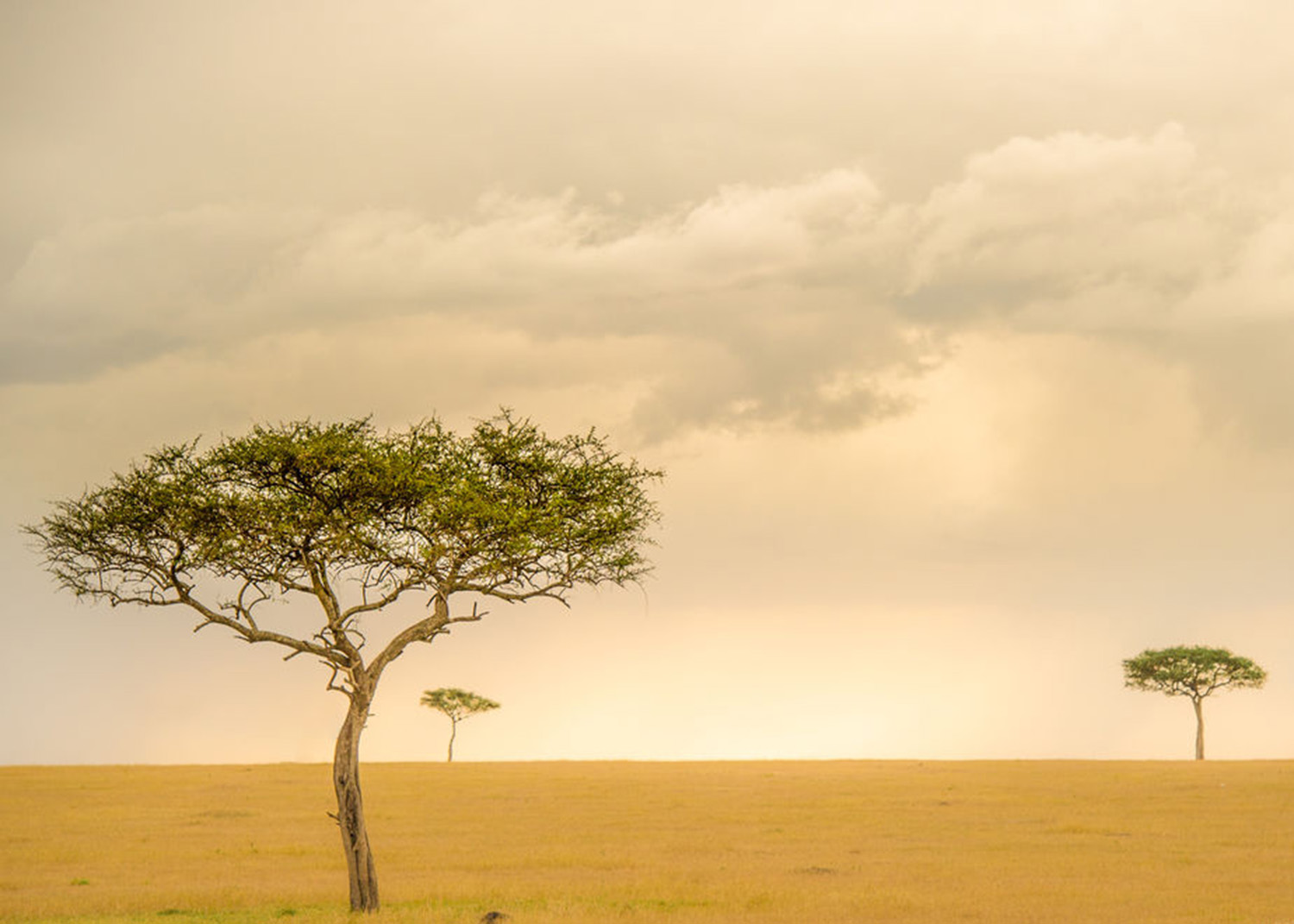
What sparked your interest in partnering with TurningArt? Has your experience with TurningArt differed from other art companies you have worked with?
The majority of my art has been delivered directly from me to a client. People find my work in lots of ways but ultimately there is a personal relationship that develops between me, the client, and the piece.
Joining TurningArt offers an opportunity to expose my work in a very different way, using talented consultants to recommend the right piece to a client from a myriad of artists and styles.
What does having your artwork in the workplace and other commercial or public spaces mean to you?
Every blank wall is an opportunity to bring in beauty inside. I think of a photograph as a window that gets cut into the wall so the viewer can see a magnificent piece of the world. That is important work. Art soothes the mind, nourishes the soul, or sometimes just generates a smile from the viewer. How wonderful is that! That I can participate in that endeavor is very important and meaningful to me.
To see more featured TurningArtists, return to our blog. To get Michael Cohen's art in your space, set up a free consultation with an Art Advisor here!
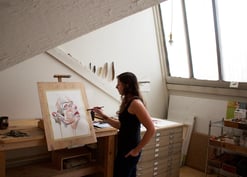


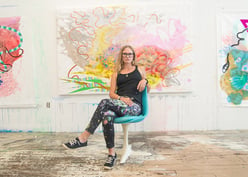
_VSCO.jpg?width=332&height=177&name=TMoss_Continuum%20Sliver%20copy%20(1)_VSCO.jpg)

